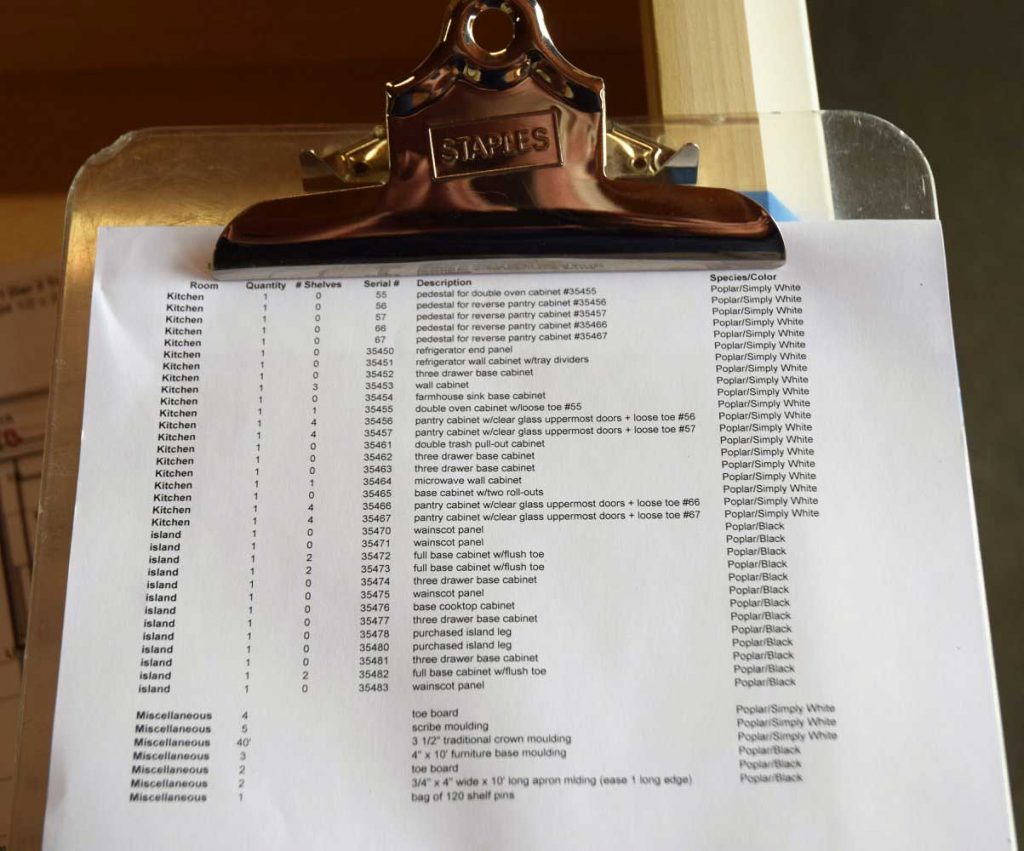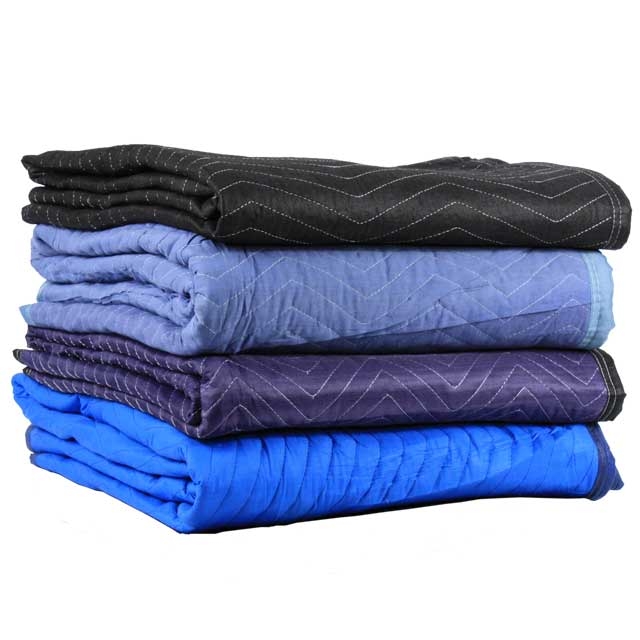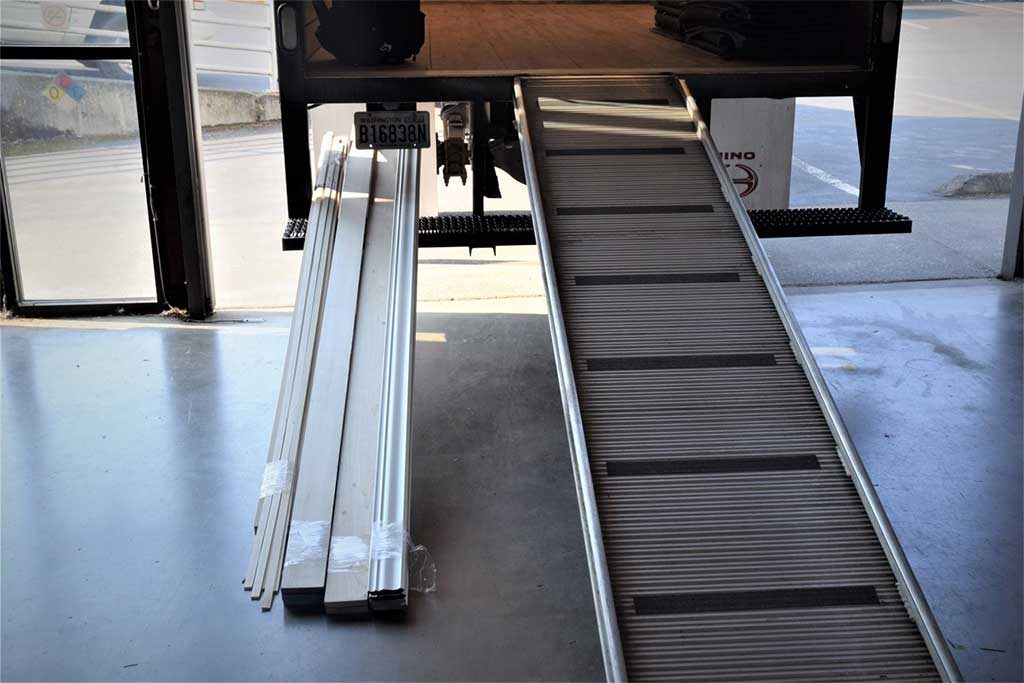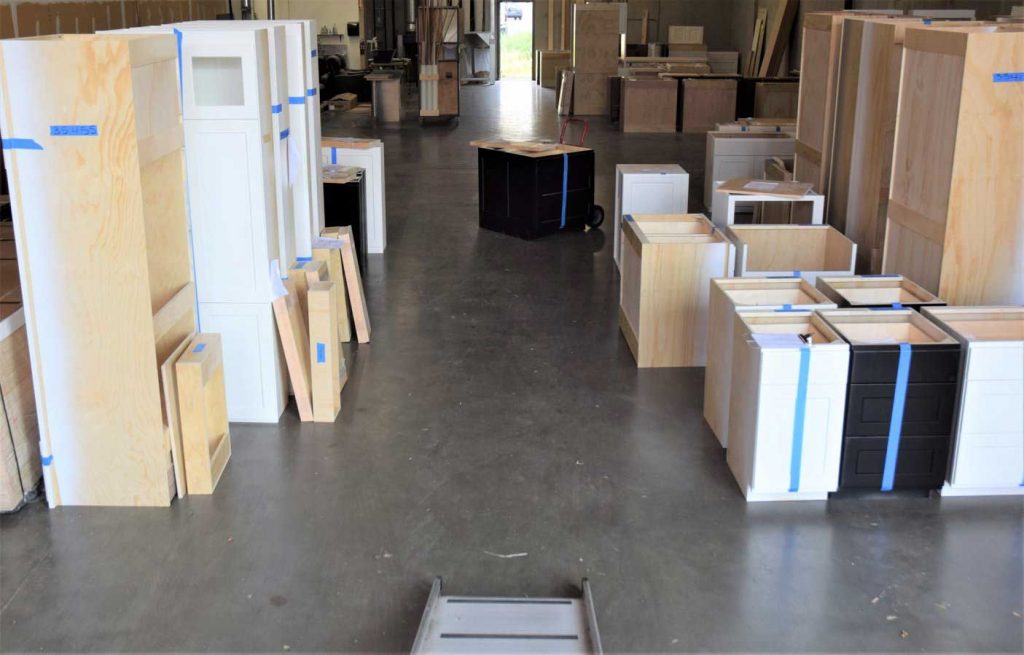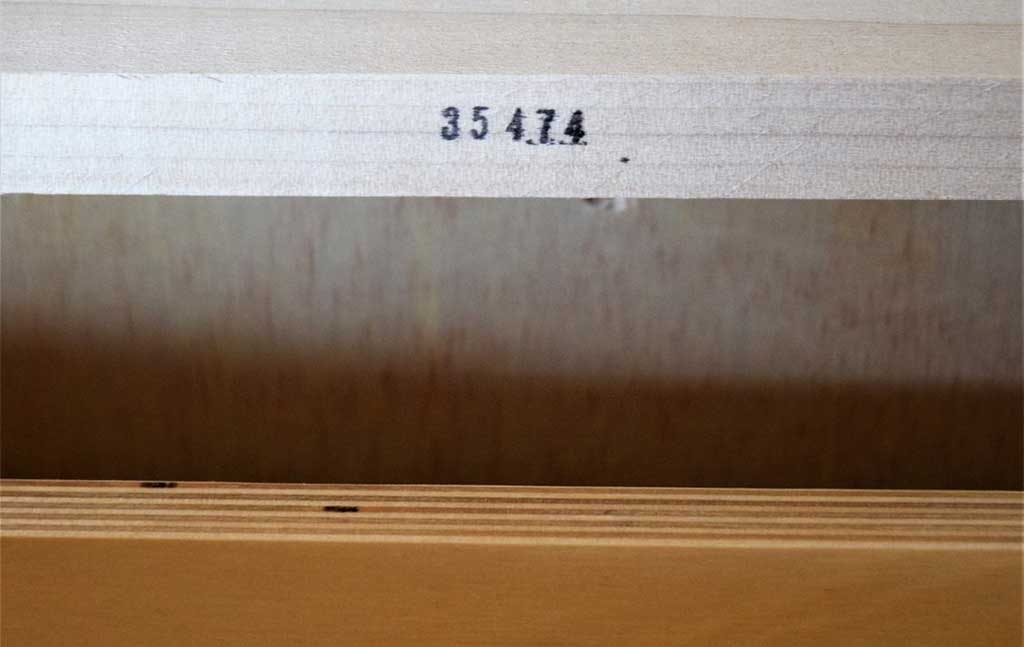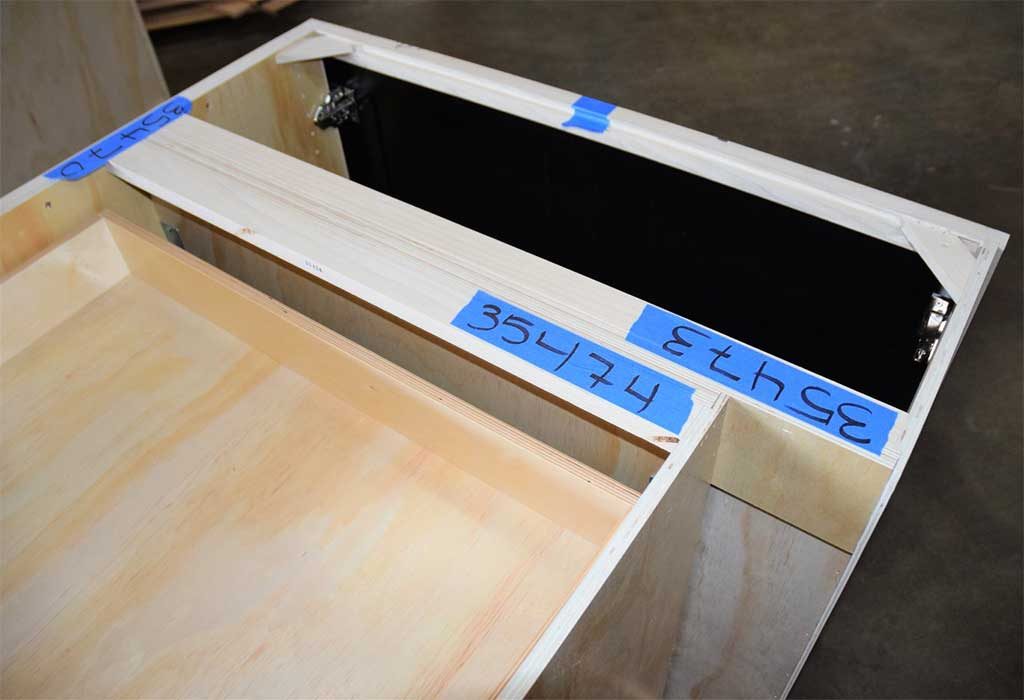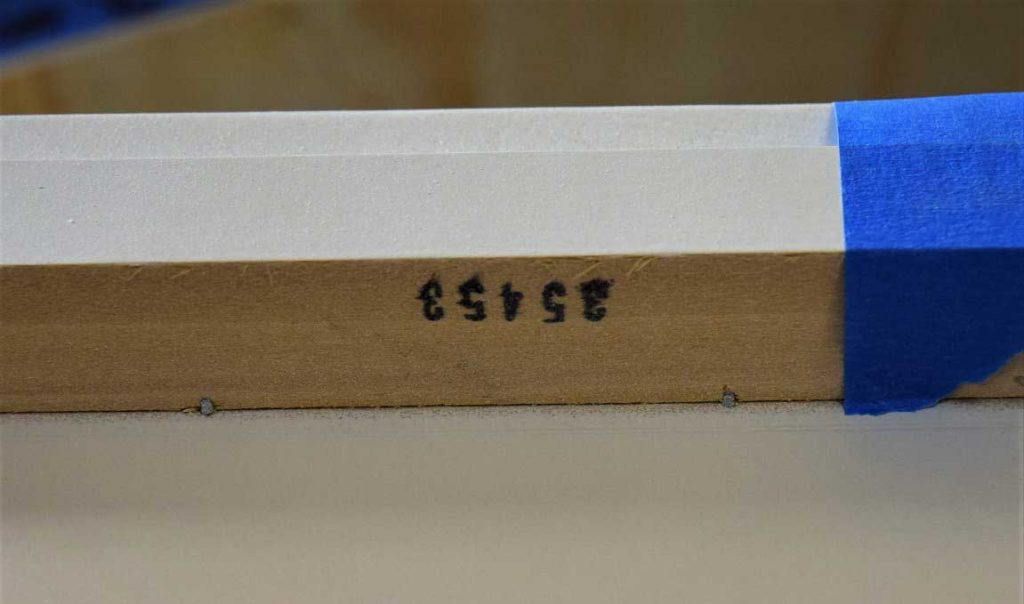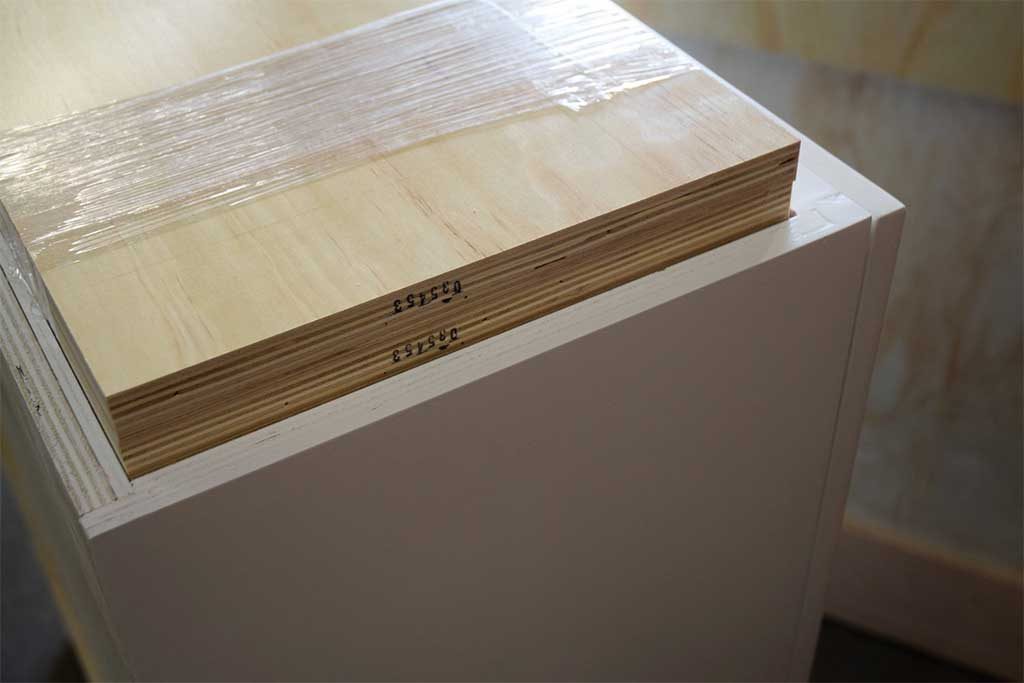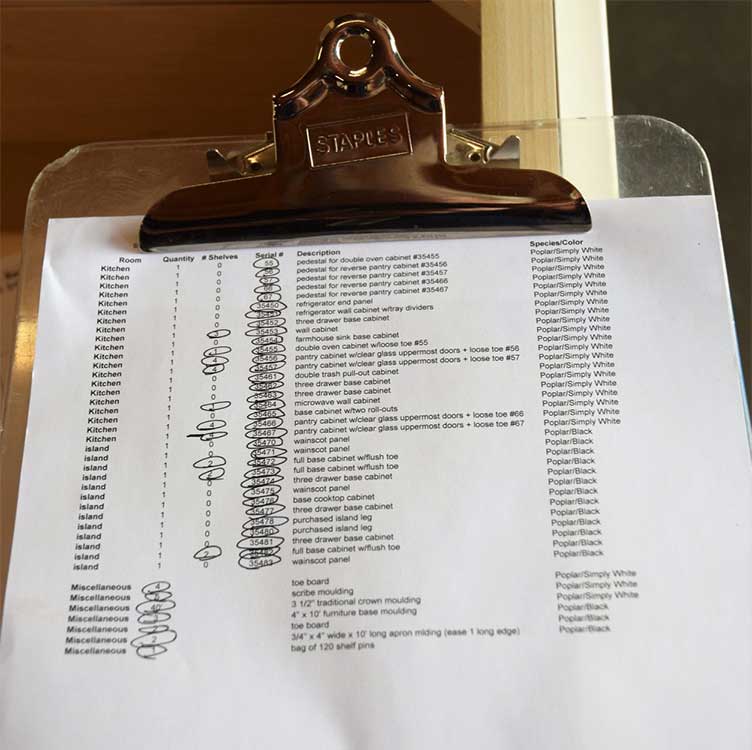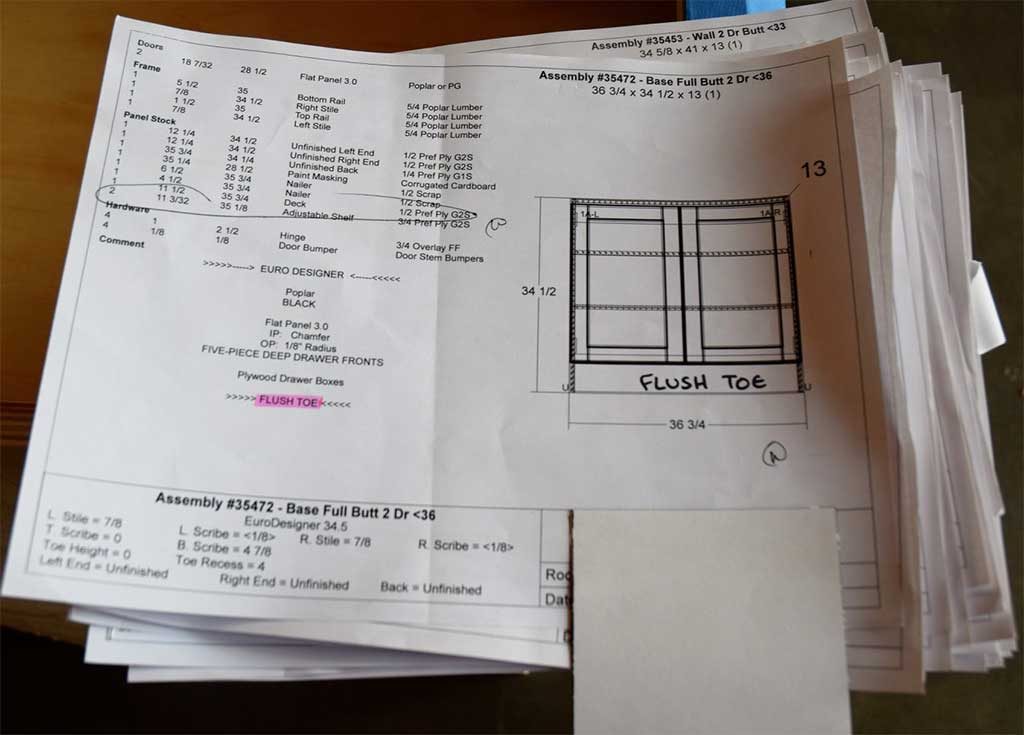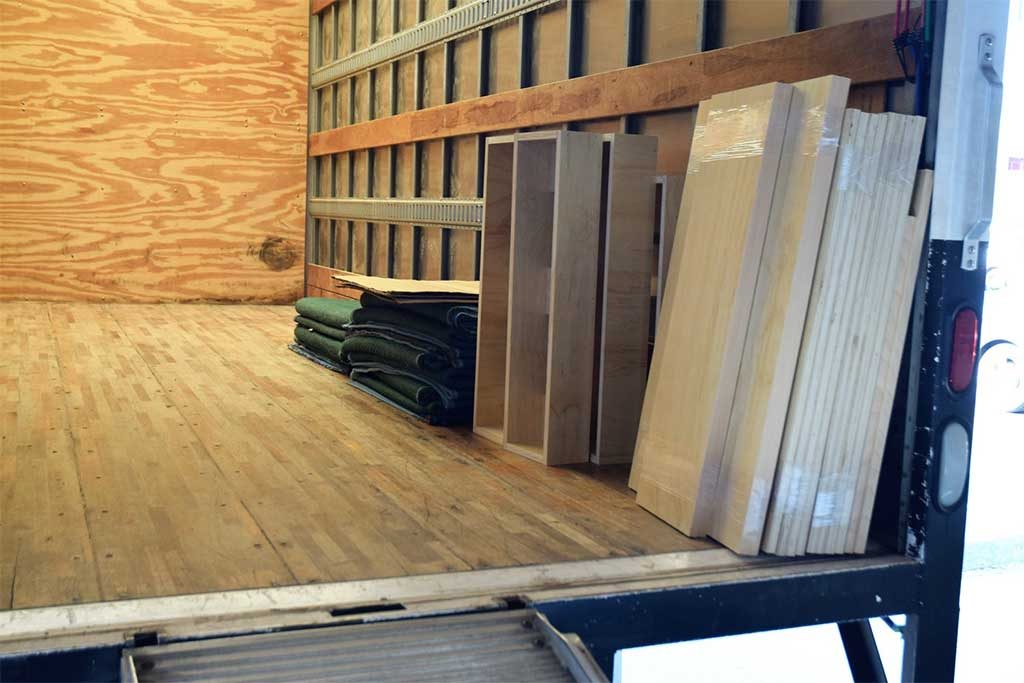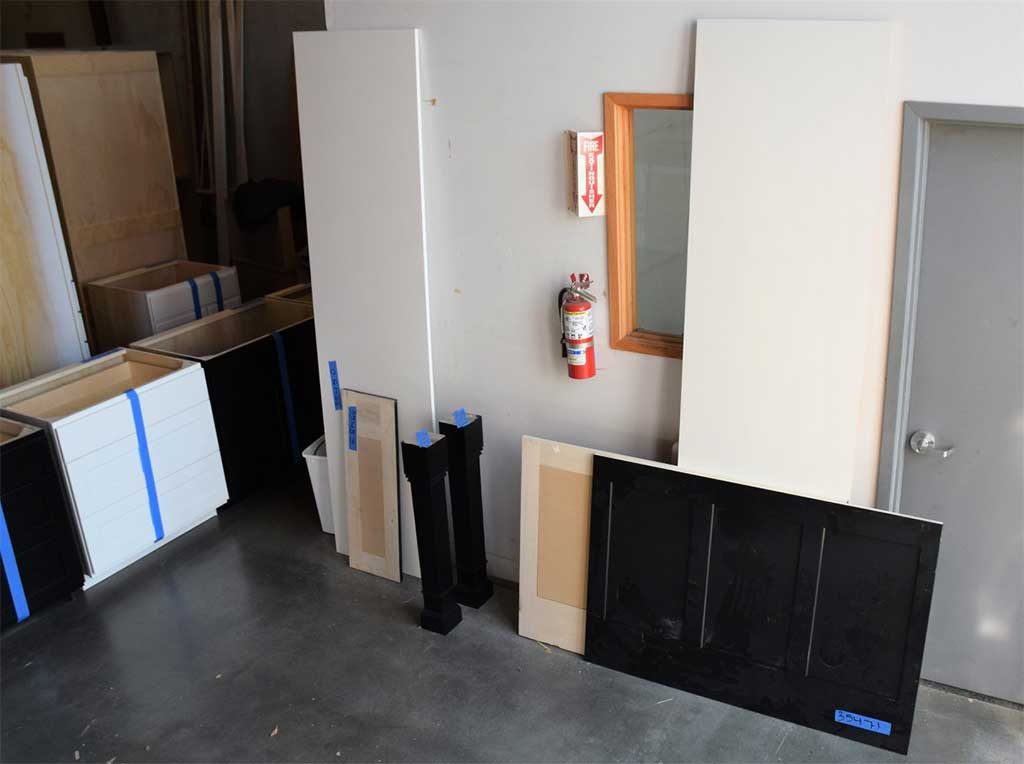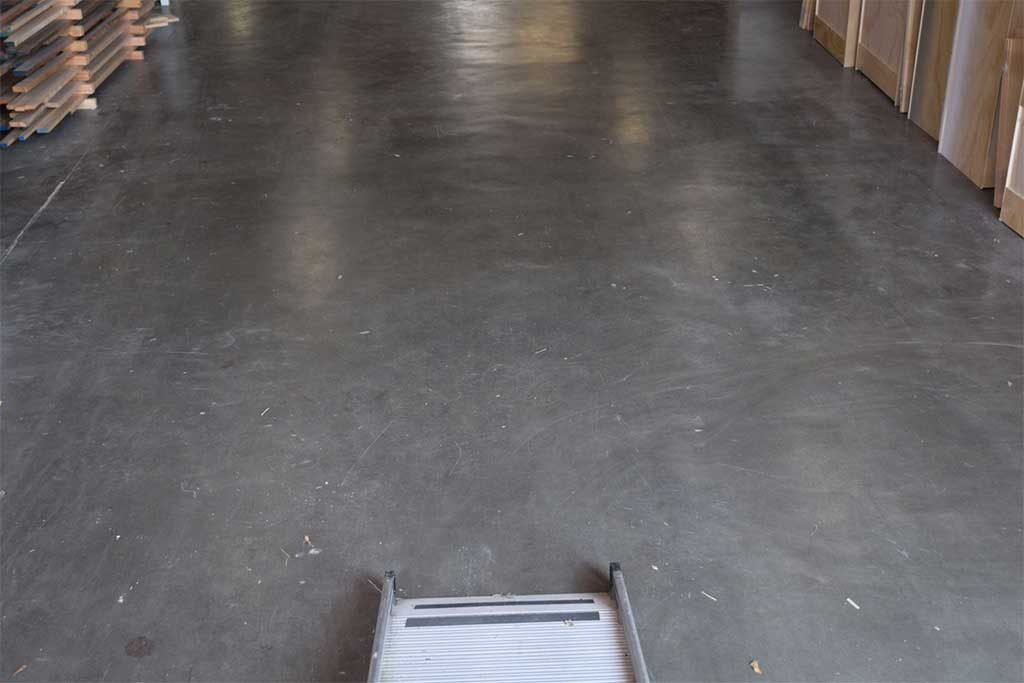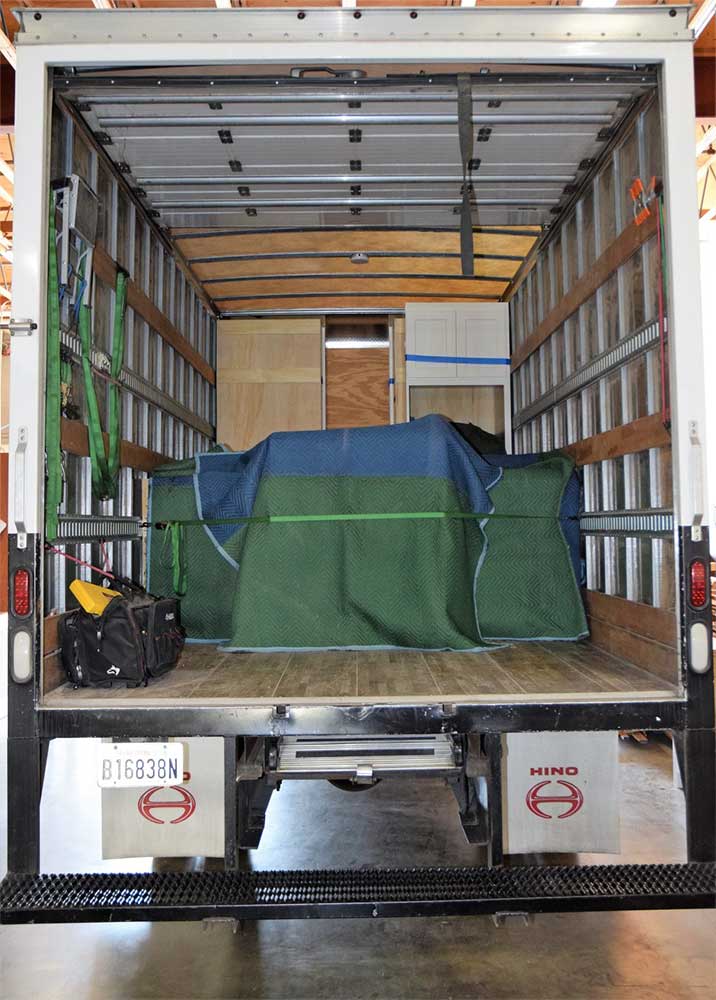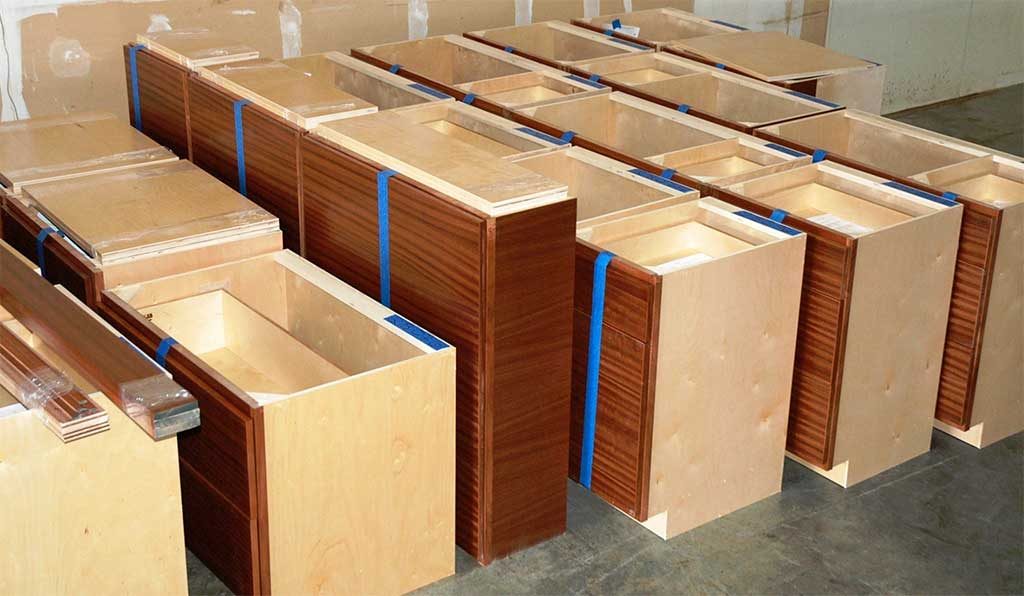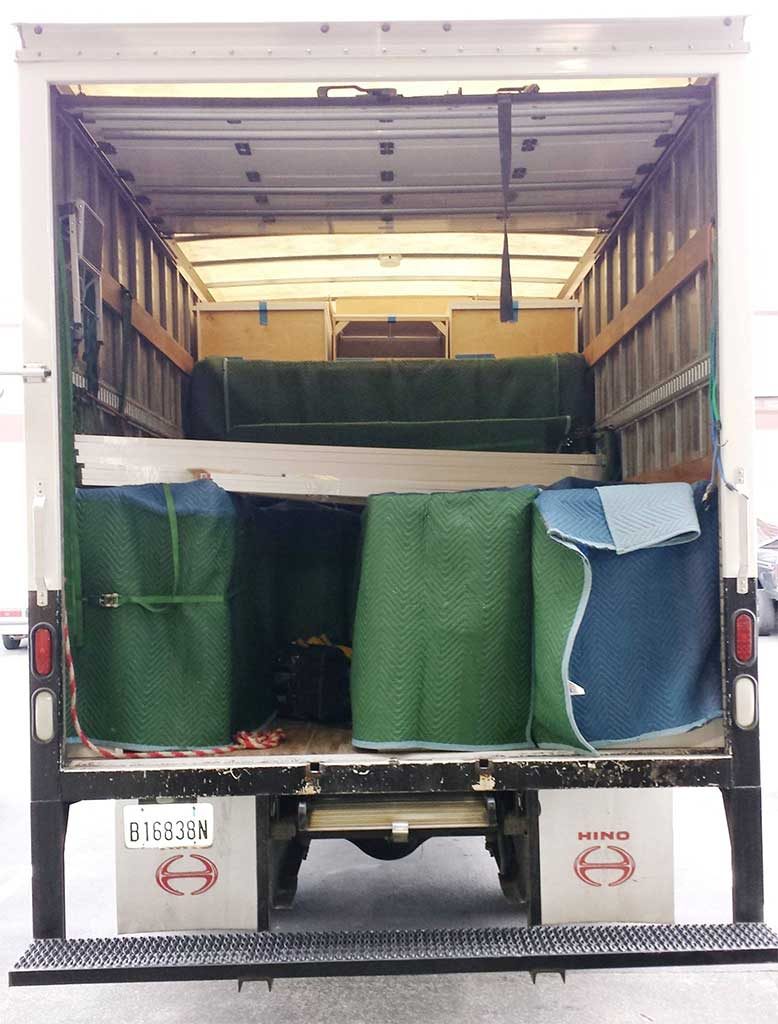Meticulous Preparation = Perfect Execution
One of the things you’ll find when you work with Spencer is our painstaking attention to detail. This really shows itself during the shipping process. Seems so simple, but a lot can go wrong during shipping. From missed parts, to damaged cabinets, wrong parts, and even wrong cabinets. We not only have a detailed manufacturing process, we also have a detailed shipping process. You’ve invested hard earned money in your new cabinets, and have patiently waited for this day. The last thing we want is for something to wrong on the home stretch. Don’t worry, we’ve got you covered!
We package our cabinetry using heavy quilted furniture pads instead of corrugated cardboard boxes or face wrapping for the following reasons:
1. Corrugated cardboard is expensive, yet gets thrown right away as waste. Our furniture pads add no cost because they are used over and over again. The money saved goes into cabinetry features you get to keep permanently.
2. Corrugated cardboard is abrasive and can wear through the finish on corners and edges. By contrast, our furniture pads are soft and very protective. Most of our deliveries experience no shipping damage whatsoever.
3. With our furniture pads, you can immediately inspect each and every piece in detail as it arrives. There is no such thing as hidden damage with Spencer cabinets because nothing is hidden.
4. Our furniture pads are returned to our plant to be reused immediately and don’t clutter up the job site. By contrast, corrugated cardboard boxes and packaging used by other companies pile up into a waste disposal problem for you or your contractor, costing you even more time and money. It’s an important side of “green” manufacturing typically passed off as “the customer’s problem.”
All the moulding and various trim pieces are set on the back bumper on the driver’s side. Why don’t we just lean them on the wall out of the way until we load them at the end, you ask? Because it’s easy to miss them and leave them out. On the other hand, it’s impossible to miss them leaning on the back bumper before you close the door.
But the number is too small for the installer to see when he is laying out the cabinets. So we also write it in large numbers on a piece of painter’s tape so it can be read from across the room, saving the installer time. This photo shows an island end consisting of three cabinets pre-attached together at the factory: a 24″ deep drawer base cabinet back-to-back with a 12″ deep full base cabinet, both sharing a wainscot end panel. Not many cabinetmakers build and ship these as one piece, but we do so the joinery between the waiscot end panel and the cabinets is seamless and perfect.
We store and load the wall cabinets upside-down so the bottom edges do not get scratched up. They also have a serial number, only it is stamped on the back side of the bottom rail. It is humanly possible to inspect this serial number after installation (if you are good at limbo or have a mirror or cell phone).
Adjustable shelves for wall cabinets are stretch-wrapped together and set loose in the recesses at the bottom of the wall cabinets. Each adjustable shelf is stamped on its edge with the serial number of the cabinet it belongs to so there is no confusion (again, saving the installer time). Since the shelves are outside the cabinet, the installer doesn’t have to waste time removing them in order to hang the cabinets. We have also verified that each shelf fits before packaging it. External storage also means we carefully account for each shelf when we check them off the packing list. If we’ve circled it, you’ve got it.
So here is the packing list after going around every piece in the quarantine area and circling each one off. Note the tick mark beside the shelves for Serial #35467 — that means these 4 shelves were missing from the quarantine area, causing us to back track through our process and locate them. The subsequent circle means they were located and are now going to be on the truck. Again, click on the picture to make it larger.
Once all the cabinet modules and parts are accounted for on the packer, we pull all the production assembly sheets off the cabinets and file them by serial number so we have a record of everything that happened when that cabinet was built. For example, note that the adjustable shelves on the parts list have been circled and initialed. This happens when Final Assembly physically verifies that the shelves fit perfectly.
The trim is typically removed from the back bumper and loaded last on top of the blanket-protected cabinets, and everything is snugly strapped in so the driver can take any necessary “evasive action” in traffic without the load shifting or damaging anything. Only then is the door pulled down and locked. We normally load just before we leave so cabinets won’t be exposed to the heat of the sun or cold temperatures. So when you review and sign the packing slip, you *know* you have everything!
We ship our cabinets blanket-wrapped with the shelves shipped loose.
We unwrap them as we unload them from our truck so that they may be 100% inspected as fast as they are brought in. We take the money most companies use in cardboard packaging (which gets thrown out at the customers’ expense) and instead put it into the cabinet (which the customer keeps forever).
All cabinets have a unique serial number which matches the installation drawings we provide. All the loose shelves are stamped with the serial number of the cabinet they belong to so that there is no guessing where each belongs when it is finally put into place.
Want an extra shelf? Just tell us the serial number of the cabinet and we can usually have it ready before you can get to our plant.
All the upper cabinets are stored upside down so that the finished bottom side doesn’t get scratched up.
This is a view of the next kitchen and baths after they have been loaded in one of our trucks for one of the most impressive power couples in the Seattle area.
While not apparent from this perspective, this load fills roughly 75% of the volume of our largest truck. There are two or three rows stacked to the ceiling behind what you can see in this photo. And these are very heavy Maple cabinets. Especially when you add the weight of all those integrated wainscot ends, seamless combined island ends, and all those roll trays and drawers. Very. Heavy. And I personally loaded every single one of them.
Yet I find loading a truck somehow satisfying and therapeutic and actually enjoy loading almost every single truckload we ship. It has been compared to a 3-D version of the video game Tetris, and maybe that’s a reasonable analogy. It’s a surprisingly mental exercise, but a game always played against the clock.
Except the way we do it has many more rules. It’s not just the shapes. For example, cabinets with finished ends are positioned differently than those without. Cabinets with applied moulding doors have to be handled completely differently than those with flat doors. Cabinets with beaded inset doors get treated yet another way. Padding is done in many different ways depending on a cabinet’s unique features.
Tetris, maybe, but a highly advanced form, with our actual personal income at stake with every game. Since we only use heavy furniture pads instead of single-use (wasteful and expensive) corrugated packaging, care and precision matter as much as the speed. Yet we only had two minor incidents of freight damage all last year!
Which is important because our cabinets can be 100% inspected by our customers as fast as they come off the truck because we remove all our blankets to use on the next load — there cannot be *any* hidden damage in our system.
Our customers see and thoroughly appreciate our cabinetry, and tell us so all the time. But the quality and value behind how well the truck was loaded, and how well-fitting this loading puzzle was put together is a completely private matter.
Too bad, because how well and tight the truck was loaded highly correlates to how well we have eliminated any potential for freight damage. Even though you cannot see the coolest and most creative part of this assembled puzzle. Or the professionalism behind any well-loaded truck going down the road.

